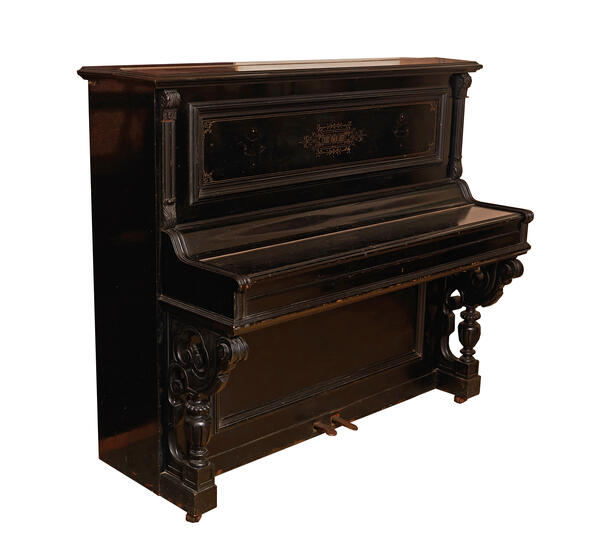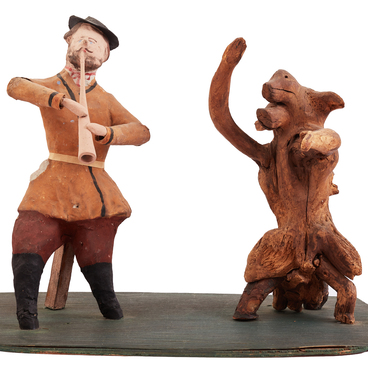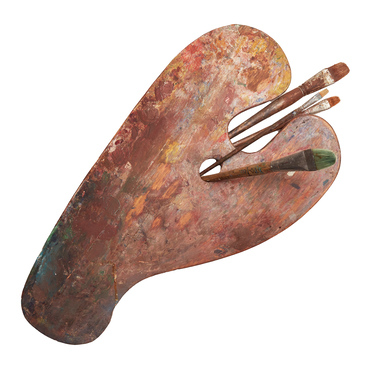The displayed musical instrument was located in Mikhail Matyushin’s studio. The piano was donated to the museum’s collection by the artist’s third wife Olga Konstantinovna Matyushina (Gromozova).
When Mikhail Matyushin was alive, there were two of his violins lying on the piano. One of them was made by an Italian master, and the other was made by Matyushin himself and had a rather unusual shape. One of these bowed string instruments is kept in the Museum of Music. Mikhail Matyushin was a violinist in the Imperial Court Orchestra until 1913.
Matyushin also played the piano. He and his guests could quite often be heard playing the music of Mozart, Haydn and Beethoven in his studio. His own compositions for voice, piano and violin were performed as well.
Being both an artist and a musician, Mikhail Matyushin gave much importance to studying the connection between music and painting. His long experience as a musician, when, in his own words, he “listened to and played almost everything in musical literature”, gave him a professional “voice” to manifest himself as an artist and composer.
His first musical compositions were accompaniments to the works of his wife Elena Guro. In 1913, Matyushin wrote the first Futuristic opera called “Victory Over the Sun”. Two years later, the artist published the suite “Autumn Dream” for violin and piano and the suite “Don Quixote” for piano.
During the blockade of Leningrad, Olga Matyushina managed to preserve the piano. In 1942, the Soviet writer Vsevolod Vishnevsky, the playwright Alexander Kron and the poet Vsevolod Azarov moved into her apartment and there they wrote the play “The Sea Spread Out Vastly”.
Here is how Olga
Matyushina described the experience,




